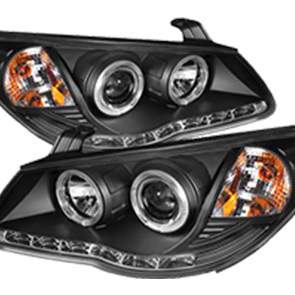Throttle Cable Solutions for Small Engine Performance Improvement and Maintenance Tips
Understanding Small Engine Throttle Cables
Throttle cables are a crucial component in small engine machinery, playing an essential role in regulating engine power and performance. These cables are commonly found in various applications, from lawn mowers and chain saws to generators and small motorcycles. In this article, we will explore the purpose, functioning, and maintenance of small engine throttle cables.
What is a Throttle Cable?
A throttle cable is a flexible wire that connects the throttle control (usually a lever or a button) to the engine's throttle plate, which controls the air and fuel mixture entering the engine. In simpler terms, when you pull the throttle lever, the cable pulls the throttle plate open, allowing more air and fuel to enter the combustion chamber, which in turn increases the engine’s speed and power output.
The design of a throttle cable typically includes a sheath that protects the inner wire from wear and tear, while providing a smooth path for the cable to move as the throttle is engaged or disengaged. Throttle cables can come in different lengths and diameters, depending on the specific engine application, but they all serve the same basic function of controlling the engine's power delivery.
How Throttle Cables Work
When a user operates the throttle control, the lever pulls the throttle cable, causing the inner wire to slide within the protective sheath. This transmission of motion results in the throttle plate opening or closing based on the position of the throttle lever. For instance, in a lawn mower, pushing the throttle lever forward might increase the engine's RPM, allowing for more cutting power, while pulling it back could reduce the engine speed as the need for power decreases.
The responsiveness of the throttle cable is essential for optimal engine performance. A well-functioning throttle cable allows for precise control over the engine's speed, which is critical for tasks that require varying power levels. On the other hand, if the throttle cable is too tight, it can cause quick accelerations that may lead to damage or loss of control. Conversely, a loose cable might result in sluggish engine response.
Common Issues with Throttle Cables
Over time, throttle cables can experience wear, fraying, or corrosion, which can impede their functionality. Common issues include
1. Sticking or Binding This can occur due to dirt or debris accumulation in the cable sheath, preventing smooth movement. This can compromise engine performance and safety.
small engine throttle cable

2. Fraying As cables undergo repeated stress, the inner wire can fray, leading to a reduced response time and potential outright failure.
4. Improper Adjustment If the cable is too tense or excessively loose, it can lead to poor throttle response or engine performance issues.
Maintenance Tips
Maintaining your throttle cable can extend its life and ensure that your engine operates optimally. Here are some useful tips
- Regular Inspection Check the cable for signs of wear, fraying, or corrosion. Pay attention to the connection points where the cable meets the throttle lever and the throttle plate.
- Cleaning Remove any dirt or debris from the cable's sheath to prevent binding. Using a light lubricant can help ensure smooth operation.
- Adjustment Ensure that the cable is neither too loose nor too tight. Refer to your engine's manual for specific adjustment instructions.
- Replacement If your throttle cable shows significant wear or damage, it’s best to replace it. Using a manufacturer-approved part will ensure compatibility and optimal performance.
Conclusion
Throttle cables are a small yet vital part of many small engines, affecting their performance and responsiveness. Understanding how they work and recognizing the signs of wear can help users maintain their equipment effectively. Regular inspections and maintenance practices can go a long way in ensuring that small engines continue to operate safely and efficiently for years to come. By paying attention to this often-overlooked component, you can optimize your engine's performance and prevent potential issues down the line.
-
The Right Handbrake Cable for Your VehicleNewsApr.09,2025
-
The Right Clutch Lines for Smooth PerformanceNewsApr.09,2025
-
How to Choose the Right Cables at the Best PriceNewsApr.09,2025
-
How to Choose and Maintain Gear Cables for Smooth ShiftingNewsApr.09,2025
-
Choosing the Right Throttle Cables for Smooth and Reliable PerformanceNewsApr.09,2025
-
Choosing the Right Control Cables for Your VehicleNewsApr.09,2025
